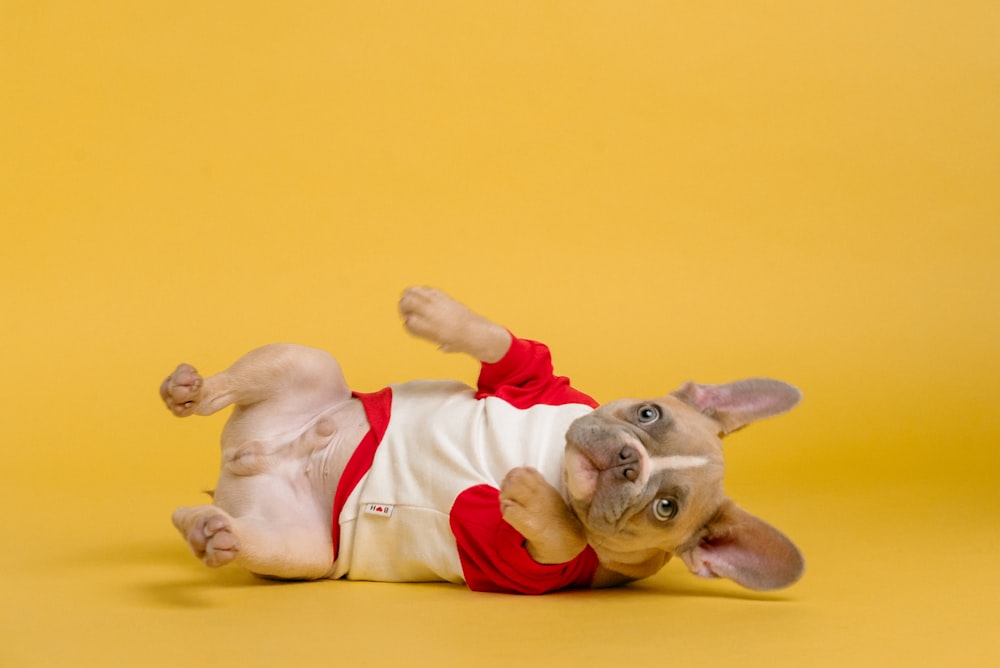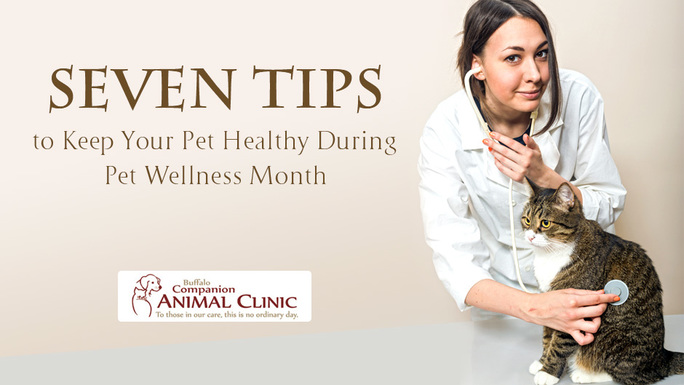Ultimate Grooming Guide Snip Tips for Feline Friends
Understanding the Importance of Grooming
Grooming is not just about keeping your cat looking cute; it’s essential for their health and well-being. Regular grooming helps remove loose fur, dirt, and debris from their coat, preventing matting and skin issues. It also promotes circulation and stimulates oil production, keeping their skin and coat healthy and shiny.
Getting the Right Tools
Before you start grooming your cat, make sure you have the right tools for the job. A good quality cat brush or comb is essential for removing loose fur and preventing mats. Choose a brush suitable for your cat’s coat type, whether it’s short-haired, long-haired, or somewhere in between. Nail clippers, ear cleaner, and toothbrushes are also handy tools to have on hand for a thorough grooming session.
Brushing Basics
Regular brushing is the cornerstone of cat grooming, especially for long-haired breeds. Brush your cat’s fur gently and in the direction of the hair growth to avoid causing discomfort or tangles. Pay extra attention to areas prone to matting, such as behind the ears, under the armpits, and along the belly. Be patient and take breaks if your cat becomes restless or agitated.
Tackling Tangles and Mats
If you encounter tangles or mats in your cat’s fur, don’t panic. Use a wide-toothed comb or mat splitter to gently tease apart the knots, starting from the outer edges and working your way inward. Avoid pulling or yanking on the mats, as this can cause discomfort or pain for your cat. For stubborn mats, consider using a detangling spray or seek the help of a professional groomer.
Maintaining Oral Hygiene
Dental care is an often overlooked aspect of cat grooming, but it’s crucial for their overall health. Brush your cat’s teeth regularly using a soft-bristled toothbrush and cat-specific toothpaste to remove plaque and prevent tartar buildup. Introduce dental care gradually and be patient, rewarding your cat with treats and praise to make the experience more enjoyable.
Trimming Nails Safely
Trimming your cat’s nails is an essential part of grooming, especially if they don’t wear them down naturally through scratching. Use a pair of cat nail clippers to trim the tips of their nails, being careful not to cut into the quick, which can cause bleeding and pain. If you’re unsure how to trim your cat’s nails safely, consult your veterinarian or a professional groomer for guidance.
Cleaning Ears and Eyes
Regularly cleaning your cat’s ears and eyes helps prevent infections and other health issues. Use a damp cotton ball or pad to gently wipe away dirt and debris from the outer ear and eye area, taking care not to insert anything into the ear canal or directly touch the eyeball. If you notice any signs of irritation or discharge, consult your veterinarian for further evaluation and treatment.
Bathing Basics
Most cats are fastidious groomers and don’t require regular baths, but there are times when bathing may be necessary, such as if they get into something sticky or smelly. Use a cat-specific shampoo and lukewarm water to bathe your cat, taking care to avoid getting water in their ears or eyes. Keep the bath short and sweet, and be sure to reward your cat with treats and praise afterward.
Dealing with Shedding
Shedding is a natural process for cats, especially during seasonal changes, but it can be managed with regular grooming. Brush your cat’s fur regularly to remove loose hair and prevent it from accumulating on furniture and clothing. Consider adding a dietary supplement or adjusting their diet to support healthy skin and coat, and consult your veterinarian if shedding becomes excessive or accompanied by other symptoms.
Enjoying the Bonding Experience
Grooming your cat isn’t just about keeping them clean and healthy; it’s also an opportunity to bond and strengthen your relationship. Take the time to groom your cat regularly, using gentle strokes and plenty of praise to make it a positive experience for both of you. With patience and consistency, grooming can become a cherished ritual that brings you closer together. Read more about snip tips for cats















